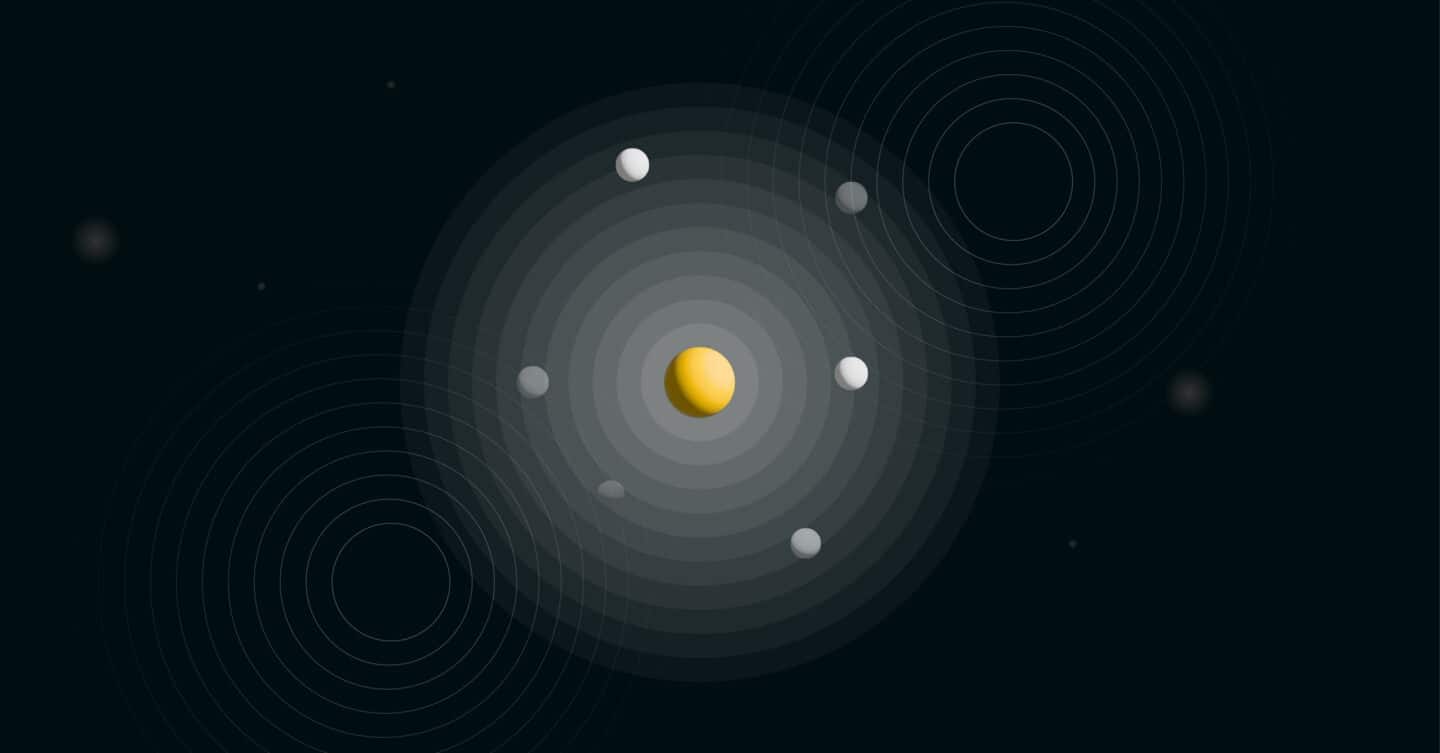
Electronically steered antennas (ESA) have been an integral part of the satellite communication industry for the last few years. They enable satellite communication on flights from pre-takeoff to landing and enable users on any high-speed platform to maintain their connection.
ESAs are highly durable, low-profile terminals, making them ideal for military applications across rough terrains, in the land, sea or air. ESA arrays can instantly move beams to ensure that the mobile antenna is always pointing at a satellite, regardless of changes in direction. Perhaps most importantly, they can interface with GEO, MEO, and LEO satellite constellations.
While flights are in motion, the terminal steers the beam electronically and is capable of maintaining the concurrent transmit and receive satellite connectivity. ESAs can handle rapid changes in either the satellite constellation it is operating with or the specific satellite and/or network with which it is connected.
ESA Systems are designed with no moving parts, reducing the possibility of mechanical failure to almost zero. Its construction was designed to allow faster beam tracking performance than standard, mechanical antennas, while its low profile doesn’t interfere with flight aerodynamics.
GEO, MEO, and LEO, satellites orbit at different altitudes and different speeds, relative to earth. These differences impact latency, coverage area, and capabilities.
GEO constellations are positioned about 36,000 km above the earth’s equator and rotates at the same direction and speed as earth. A single GEO constellation provides coverage to half the globe, but the distance from earth introduces a level of latency which interferes with the experience.
GEO constellations are commonly used in weather forecasts, transferring data and broadcast TV. However, they have a higher latency than MEO and LEO constellations, and their distance from earth requires larger satellites and antennas to transmit data.
MEO constellations are located between 2,000-35,000 km over earth. Each MEO satellite has a large coverage area, and is ideal for positioning data, such as GPS.
MEO can handle up to 10 times more throughput per link than GEO. In addition to GPS, these constellations are commonly used by cruise ships, government naval and airborne installations, offshore installations, remotely operated smart mining, and mobile backhaul. However, MEO require inclined plane orbits to cover high and low latitudes.
LEO constellations orbit the earth between 500 to 1,200 km. Their close proximity to earth reduces latency, but each LEO satellite’s coverage area is quite small. Additionally, these satellites move at a different speed than earth, creating a Doppler effect that must be accounted for, as communications may need to be handed off between different satellites.
LEO constellations are typically used for mass consumer usage and business broadband internet. However, scaling requires more satellites in multiple planes.
Watching a streaming video might be best over GEO, while a video conference would ideally take place over LEO. Meanwhile, MEO can provide navigational services. From the customer’s perspective, each of these satellites are essentially invisible, taking place far behind the scenes. The right satellites improve the user experience; for example, conducting a video call over GEO would result in choppy, jittery video output, while using a LEO constellation would be significantly smoother.
While ESAs can connect with each of the three types of constellations, most ESAs are designed to connect with only one orbit. Installing multiple terminals would allow users to connect with multiple orbits but would significantly increase operational costs. Furthermore, the additional weight of an extra terminal could impact certain use cases where optimizing size and weight is critical.
A multi orbit antenna using a single terminal would be able to connect with more than one constellation, for example GEO and MEO, or GEO and LEO, and would significantly cut down on operating costs while improving the user’s experience.
In order to realize the benefits of each constellation, a complete solution or system must include the user terminal as well. Get SAT has developed and deployed multiple terminals that enable a user to communicate across all three orbits and multiple constellations,
delivering pole-to-pole coverage, low latency, and high-speed connectivity capabilities.
Get SAT’s Multi-beam, Multi network capabilities offer the promise of a new era of communications. It supports multiple links within one terminal, without compromising performance. As a result, our customers can enjoy the high performance of GEO coupled with the global coverage and low latency of MEO and LEO. Our Multi-orbit solution provides users with unmatched flexibility coupled with redundancy, crucial for mission success.
Our aim is to match the right application to the right orbit through service and technological innovation.
Sling Blade KA LM – for land and maritime applications
This KA band, low profile, low SWaP terminal includes an ESA designed for GEO, and MEO constellations, enabling switches in milliseconds.
Sling Blade KU LM – for land and maritime applications
A fully integrated package including modems, this land, and sea design supports a wide array of applications and use cases, and its multi-orbit capabilities allow governments and military planners to support a PACE plan for C5ISR requirements.
Lesa Blade KU air – for airborne applications
A small, compact solution that supports a range of airborne platform sizes. It enables end-user ability to toggle between LEO and GEO operations while on the move, for true multi orbit operations.
Contact us to learn more about our ESA multi-orbit solutions.